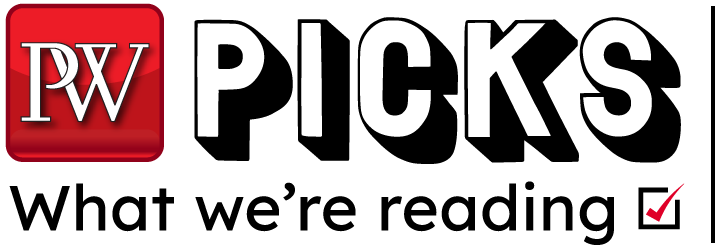What Is Queer Food?: How We Served a Revolution
John Birdsall. Norton, $29.99 (256p) ISBN 978-1-324-07379-6
James Beard Award winner Birdsall (The Man Who Ate Too Much) provides an eye-opening exploration of how food has helped shape “the queer arc of survival” in American life. Moving from the mid-19th century to the early 1990s, he covers how restaurants like the Paper Doll in San Francisco (which opened in 1944 as arguably “the first queer restaurant in America”) demanded “respect for gays, lesbians, and those whose... presentation” deviated from typical gender norms, while New York City’s Café Nicholson became a popular postwar meeting place where queer, bohemian artists felt a “growing... confidence” in publicly congregating. Birdsall’s best insights derive from individual profiles that chart broader shifts and power struggles in queer life. For example, Harry Baker, who in the 1940s sold General Mills his recipe for chiffon cake (which was then stamped with branding for “feminine icon of home and family” Betty Crocker), illustrates how gay people could be erased from the cultural record, while Alice B. Toklas, who in 1954 published a cookbook full of “un-makeable recipes” (and coded references to lesbian desire), reveals how the queer community subtly challenged straight power by pushing against “utility, standardization, [and] replicability.” Combining a novelistic imagination with razor-sharp analysis, Birdsall fills in historical gaps to highlight the resiliency of queer people and cast the culture of food and dining as an unlikely but powerful symbol of resistance. Readers will be eager to dig in. (June)
Details
Reviewed on: 03/24/2025
Genre: Nonfiction

